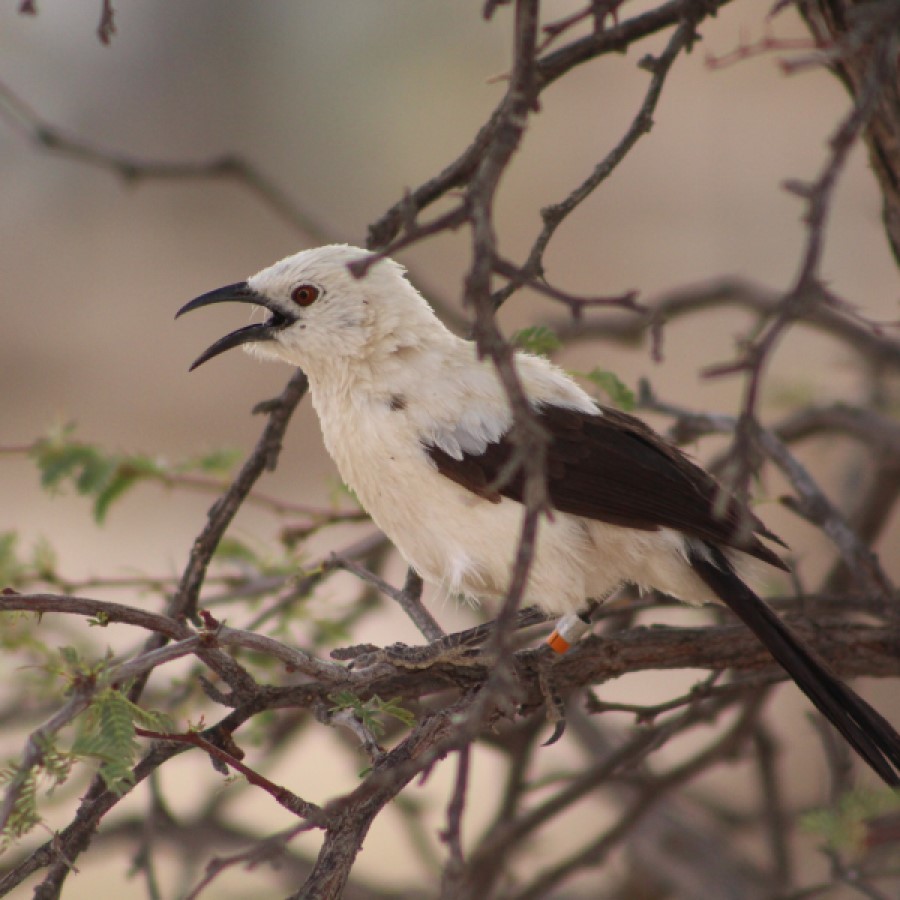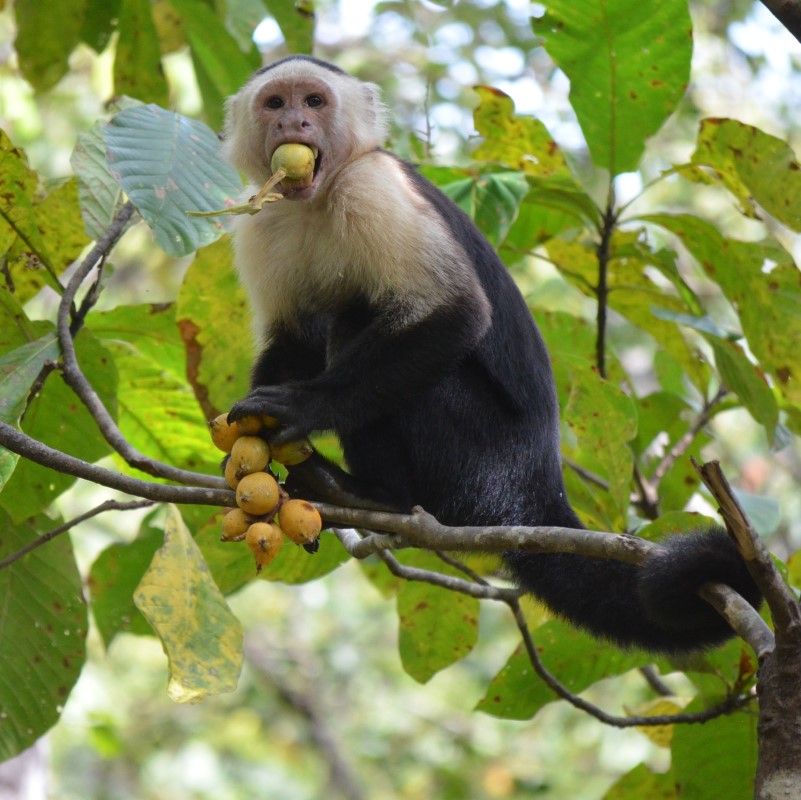A recently published Proceedings B article ‘Temperature drives Zika virus transmission: evidence from empirical and mathematical models’ looked at the thermal performance of Zika virus and its possible host range. Dr Courtney Murdock, College of Veterinary Medicine, Athens, Georgia tells us more about the paper.

Temperature is a strong driver of vector-borne disease transmission. However, for emerging arboviruses, knowledge on the relationship between transmission and temperature is still lacking. A recently published Proceedings B article ‘Temperature drives Zika virus transmission: evidence from empirical and mathematical models’ looked at the thermal performance of Zika virus and its possible host range. Dr Courtney Murdock, College of Veterinary Medicine, Athens, Georgia tells us more about the paper.
Epidemics of dengue, chikungunya, and now Zika have spilled out of Africa to spread explosively around the world. Currently 3.9 billion people in 120 countries across the globe are estimated to be at risk of contracting arboviral disease. These diseases, once considered confined to tropical and sub-tropical regions, are now threatening temperate regions of the world due to climate change, globalisation and increasing urbanisation, which has motivated initiatives to predict how these viruses will spread seasonally, geographically, and with future climate change. Yet, key knowledge gaps prevent us from accurately and precisely predicting the risk of emergence and transmission of these arboviruses. Importantly, to date, no empirical study has directly measured the effects of temperature on the lifespan and infection rates of mosquitoes exposed to Zika virus—key drivers of the transmission rate. Current models rely on the untested assumption that Zika virus responds similarly to dengue virus, potentially limiting our ability to accurately predict the spread of Zika under future, warmer temperatures.
In this study, we experimentally measured the effect of temperature on Zika vector competence, extrinsic incubation rate, and mosquito mortality, characterising both the increasing and decreasing portions of the thermal response curves across eight temperatures that span the biologically relevant range from 16 – 38°C. Temperature had strong and unimodal effects on all three mosquito infection and survival traits. A mechanistic model incorporating the empirical data shows that Zika transmission has a unimodal relationship with temperature. Thus, as temperatures move toward the predicted thermal optimum (29oC) due to climate change, increasing urbanization, or with time of season, the environmental suitability for Zika transmission should increase resulting in an expansion of Zika further north and into longer seasons. In contrast, areas that are already permissive or near the thermal optimum for Zika transmission are predicted to experience a decrease in overall environmental suitability. By comparing the Zika transmission model to one previously parameterized for dengue, we demonstrate that the predicted thermal minimum for Zika transmission is 5oC warmer than for dengue virus. Thus, current estimates on the global environmental suitability for Zika transmission are vastly over-predicting its possible range.
Dr. Murdock told us more about her research and experience

I have over 15 years of experience researching the ecology of host-parasite interactions. A consistent theme of my research has been the application of ecological and evolutionary theory to better understand how parasites affect measures of host fitness, and to identify key environmental drivers of vector-borne disease transmission. To answer questions within this theme, our group adopts a variety of research frameworks, which have included laboratory experiments, descriptive and experimental studies conducted in the field, and mathematical modeling. In the beginning of my career as a PhD student at the University of Michigan, my research focused on understanding the transmission ecology of avian blood parasites in a breeding community of birds in Colorado. The following 6 years during my postdoctoral research at Pennsylvania State University, my research has been on the ecology of mosquito-malaria interactions. A major focus of this work has been to understand the role of environmental factors (e.g. temperature, quality / quantity of food resources) on parasite development, mosquito resistance, and vectorial capacity. Since joining the department of Infectious Diseases and the Odum School of Ecology at the University of Georgia as an assistant professor, I continue addressing questions in the above themes in multiple host-vector-parasite / pathogen systems in the lab (rodent malaria, human malaria, dengue, and Zika) and in the field (one national and one international field project). My group is also involved in a variety of applied projects including two malaria vaccine initiatives and a project focusing on increasing male mating capacity to improve the spread of novel mosquito control strategies in the field. Finally, members of my group and I have also developed several initiatives in the form of targeted symposia at international conferences or workshops to identify and fill key knowledge gaps that affect our ability to predict, and ultimately mitigate the factors influencing the transmission and control of vector-borne diseases.
Proceedings B is looking to publish more high-quality research articles and reviews in health, disease and epidemiology. If you have an idea for a review, we strongly encourage you to submit a proposal by completing our proposal template and sending it to the journal. More information about the journal and the submission process can be found on our website.
Image credit 1 – Dr Courtney Murdock. University of Georgia
Image credit 2 – The Murdock lab. Gregory Jacobs




